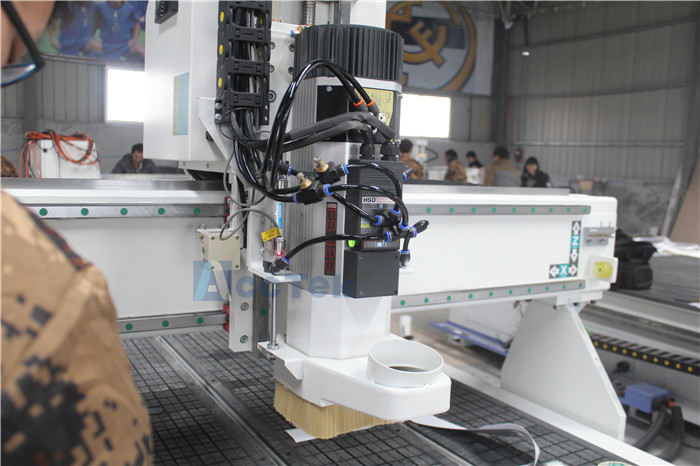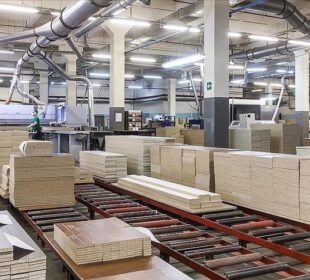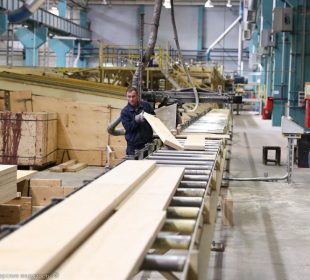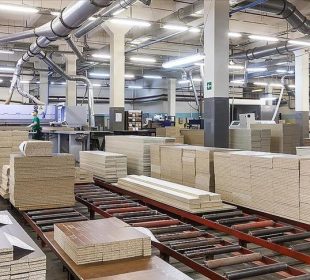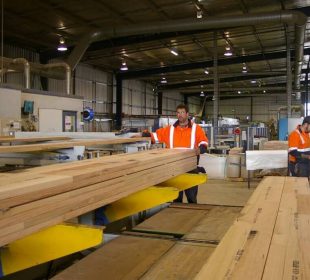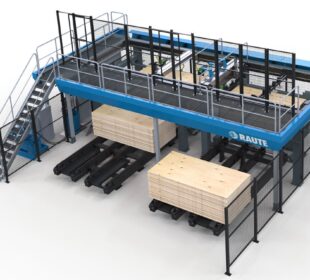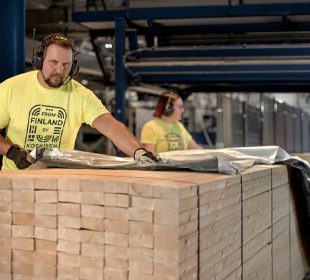Acimall, the Italian association for woodworking machinery and technologies, has released data indicating that exports totaled EUR 379.4 million in the first quarter of this year, marking a 6.1% decline compared to the same period in 2023.
This decrease can be attributed in part to the ongoing challenges posed by the Russia-Ukraine conflict, which significantly impacted sales to Europe outside the EU and the Middle East, with declines of 30% and 55.1% respectively. Despite these setbacks, exports within the European Union remained stable, maintaining its position as Italy’s largest market with a 52.8% share of total exports.
Meanwhile, there has been a promising 4% increase in Italian technology exports to North America, driven by initiatives aimed at bringing manufacturing back to the USA. Additionally, markets in South America (+28%), Oceania (+18%), and Africa (+9.3%) have shown growth, albeit with smaller volumes, indicating potential opportunities for expansion.
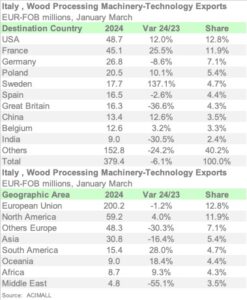 However, the export landscape to Asia saw a notable decline of 16.4%, influenced by the competitive rise of "Made in China" technologies in the region. Despite this, there have been positive developments in specific countries. For instance, exports to the United States and France have rebounded noticeably compared to 2023, following declines in the previous year.
However, the export landscape to Asia saw a notable decline of 16.4%, influenced by the competitive rise of "Made in China" technologies in the region. Despite this, there have been positive developments in specific countries. For instance, exports to the United States and France have rebounded noticeably compared to 2023, following declines in the previous year.
Sweden also demonstrated exceptional growth (+137%), driven by increased sales of spare parts and technology upgrades. Conversely, the United Kingdom continued to experience a downturn (-36.6%), consistent with trends seen in recent years.
China, despite its growing domestic production, remains a significant market for Italian technology, showing a 12.9% increase in imports during the first quarter of 2024, continuing a trend of growth observed throughout the previous year.
India, while experiencing a 30.5% decline in imports of Italian machinery, remains a strategic focus for future market development efforts.
These insights from Acimall highlight the complex dynamics shaping Italian exports in the woodworking and furniture industries amidst global economic shifts and competitive pressures.

